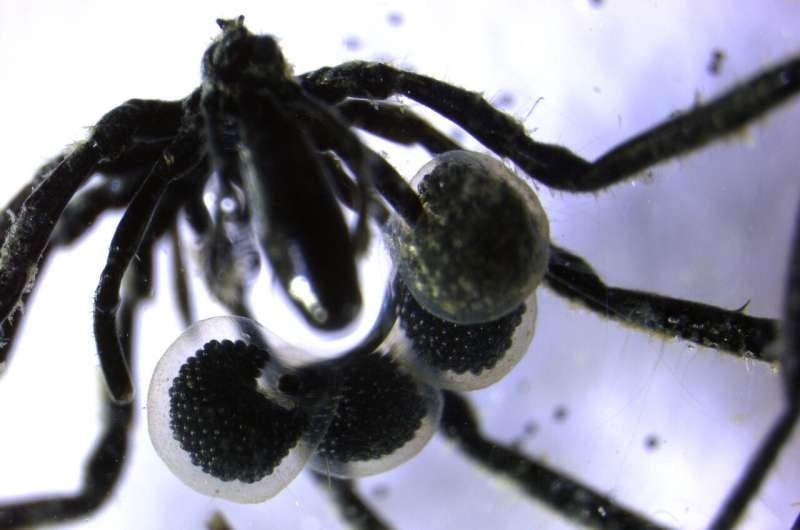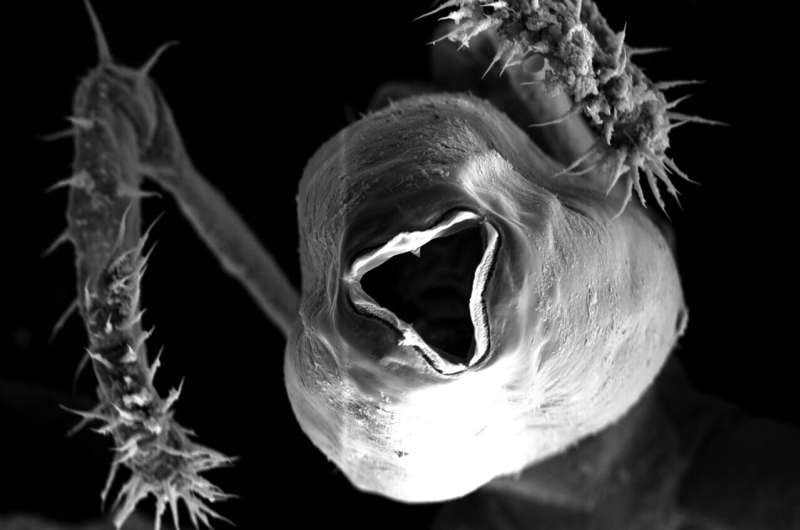These Sea Spiders Feed On Methane-Eating Microbes
Language
Reading Level
Listen to Article
Alignment

Methane is usually linked to global warming. But far below the ocean’s surface, three newly discovered sea spider species have found a way to use this greenhouse gas as a survival tool.
Shana Goffredi and her team at Occidental College discovered the creatures by accident. They were studying ecosystems around methane seeps off the coast of California and Alaska. These are deep-sea areas where methane gas escapes from Earth’s crust into the ocean.
The nearly transparent sea spiders belong to the genus Sericosura. They are only 0.4 inches (1 cm) long. Their small size prevents them from hunting like typical sea spiders. Instead, they depend on the bacteria that live on their bodies. These microbes feed on methane and turn it into nutrients such as sugars and fats. The spiders then scrape off and eat the bacteria.
"Just like you would eat eggs for breakfast, the sea spider grazes the surface of its body, and it munches all those bacteria for nutrition," says Goffredi.

The bacteria also benefit from this relationship. Living on the spiders gives them a safe home with everything they need to survive.
"Even if 80 percent of the population are eaten [by the spiders], it’s worth it for the 20 percent to keep surviving and reproducing," Nicole Dubilier, a researcher at MPI for Marine Microbiology, told CNN.
The scientists published their findings in the Proceedings of the National Academy of Sciences on June 16, 2025. These are the first sea spiders seen feeding on microbes that eat methane. However, some deep-sea tube worms and sponges also share this unusual diet. Together, these tiny animals likely play an important role in keeping methane out of Earth’s atmosphere. Goffredi believes that, someday, similar microbes could be grown to help reduce this harmful gas in other environments.
Resources: CNN.com, Interestingengineering.com, Smithsonianmag.com